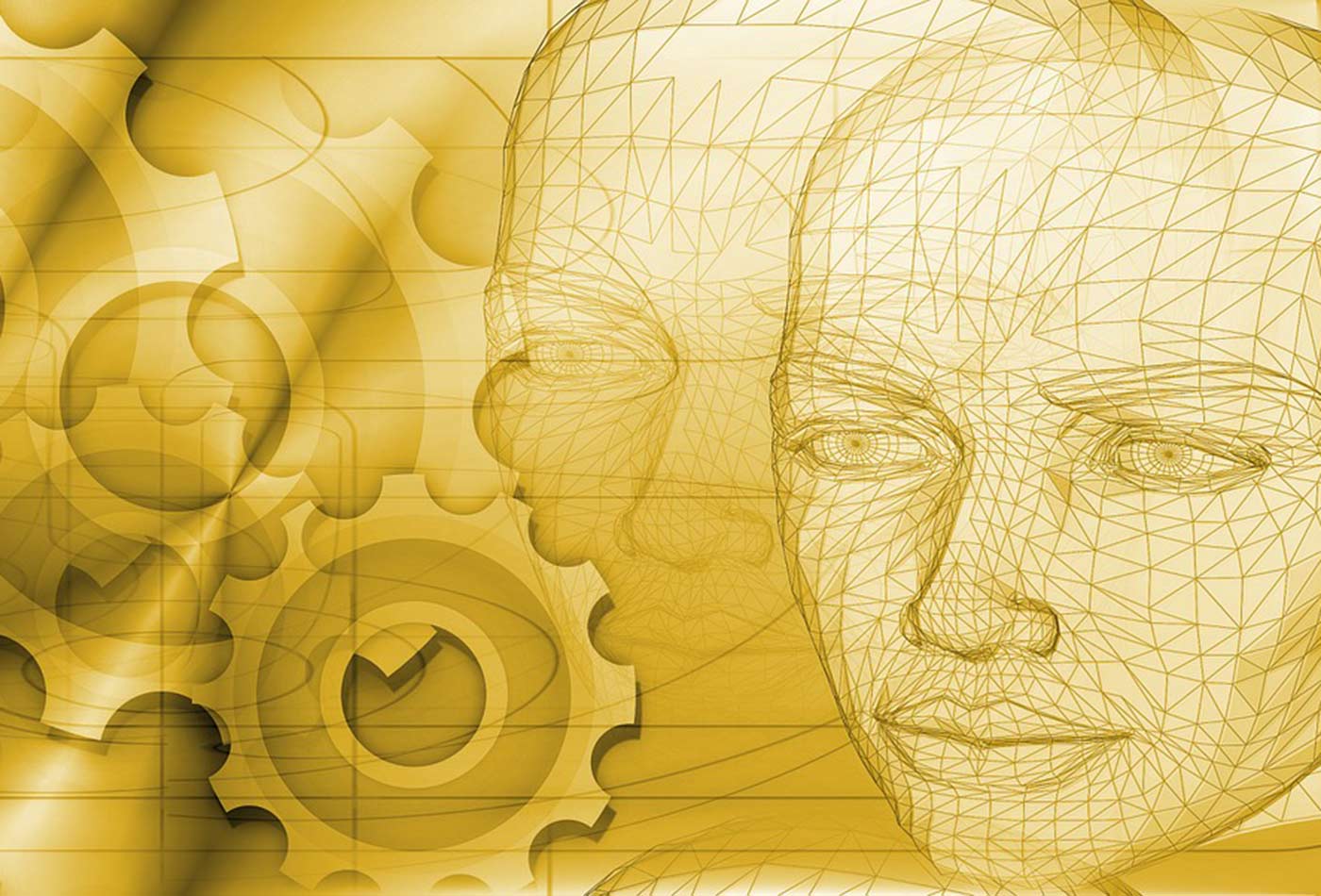
In a current version of The Sequence Engineering e-newsletter, “Why Did MCP Win?,” the authors level to context serialization and alternate as a cause—maybe crucial cause—why everybody’s speaking in regards to the Mannequin Context Protocol. I used to be puzzled by this—I’ve learn a number of technical and semitechnical posts about MCP and haven’t seen context serialization talked about. There are tutorials, lists of obtainable MCP servers, and rather more however nothing that mentions context serialization itself. I used to be much more puzzled after studying by means of the MCP specification, by which the phrases “context serialization” and “context alternate” don’t seem.
What’s happening? The authors of the Sequence Engineering piece discovered the larger image, one thing extra substantial than simply utilizing MCP to let Claude management Ableton. (Although that’s enjoyable. Suno, beware!) It’s not nearly letting language fashions drive conventional functions by means of a typical API. There isn’t a separate part on context serialization as a result of all of MCP is about context serialization. That’s why it’s referred to as the Mannequin Context Protocol. Sure, it gives methods for functions to inform fashions about their capabilities in order that brokers can use these capabilities to finish a activity. Nevertheless it additionally provides fashions the means to share the present context with different functions that may make use of it. For conventional functions like GitHub, sharing context is meaningless. For the newest era of functions that use networks of fashions, sharing context opens up new potentialities.
Right here’s a comparatively easy instance. You might be utilizing AI to jot down a program. You add a brand new characteristic, take a look at it, and it really works. What occurs subsequent? From inside your IDE, you may name conventional functions like Git to commit the modifications—not an enormous deal, and a few AI instruments like Aider can already try this. However you additionally wish to ship a message to your supervisor and crew members describing the challenge’s present state. Your AI-enhanced IDE would possibly be capable to generate an e mail. However Gmail has its personal integrations with Gemini for writing e mail, and also you’d choose to make use of that. So your IDE can bundle all the pieces related about your context and ship it to Gemini, with directions to determine what’s vital, generate the message, and ship the message by way of Gmail after it has been created. That’s completely different: As an alternative of an AI utilizing a conventional utility, now we’ve two AIs collaborating to finish a activity. There may even be a dialog between the AIs about what to say within the message. (And you could affirm that the consequence meets your expectations—vibe emailing to a boss looks like an antipattern.)
Now we will begin speaking about networks of AIs working collectively. Right here’s an instance that’s solely considerably extra advanced. Think about an AI utility that helps farmers plan what they’ll plant. That utility would possibly wish to use:
- An economics service to forecast crop costs
- A service to forecast seed costs
- A service to forecast fertilizer costs
- A service to forecast gas costs
- A climate service
- An agronomy mannequin that predicts what crops will develop effectively on the farm’s location
The appliance would most likely require a number of extra companies that I can’t think about–is there an entomology mannequin that may forecast insect infestations? (Sure, there may be.) AI can already do an excellent job of predicting climate, and the monetary business is utilizing AI to do financial modeling. One may think about doing this all on an enormous, “know all the pieces” LLM (possibly GPT-6 or 7). However one factor we’re studying is that smaller, specialised fashions typically outperform giant generalist fashions of their areas of specialization. An AI that fashions crop costs ought to have entry to a number of vital knowledge that isn’t public. So ought to fashions that forecast seed costs, fertilizer costs, and gas costs. All of those fashions are most likely subscription-based companies. It’s possible that a big farming enterprise or cooperative would develop proprietary in-house fashions.
The farmer’s AI wants to collect info from these specialised fashions by sending context to them: what the farmer desires to know, after all, but additionally the placement of the fields, climate patterns over the previous yr, the farm’s manufacturing over the previous few years, the farm’s technological capabilities, the supply of assets like water, and extra. Moreover, it’s not only a matter of asking every of those fashions a query, getting the solutions, and producing a consequence; a dialog must occur between the specialist AIs as a result of every reply will affect the others. It might be doable to foretell the climate with out realizing about economics, however you may’t do agricultural economics should you don’t perceive the climate. That is the place MCP’s worth actually lies. Constructing an utility that asks fashions questions? That’s positively helpful, however any highschool pupil can construct an app that sends a immediate to ChatGPT and screen-scrapes the outcomes. Anthropic’s Pc Use API goes a step additional by automating the click and screen-scraping. The true worth is in connecting fashions to one another to allow them to have conversations—so {that a} mannequin that predicts the worth of corn can uncover climate forecasts for the approaching yr. We will construct networks of AI fashions and brokers. That’s what MCP helps. We couldn’t think about this utility only a few years in the past. Now we will’t simply think about it, we will begin constructing it. As Blaise Agüera y Arcas argues, intelligence is collective and social. MCP provides us the instruments to construct synthetic social intelligence.
The business has been speaking about brokers for a while now—dozens of years, actually. The latest burst of agentic dialogue began simply over a yr in the past. For the previous yr we’ve had fashions that have been adequate, however we have been lacking an vital piece of the puzzle: the power to ship context from one mannequin to a different. MCP gives a number of the lacking items. Google’s new A2A protocol gives extra of them. That’s what context serialization is all about, and that’s what it allows: networks of collaborating AIs, every appearing as a specialist. Now, the one query is: What is going to we construct?


